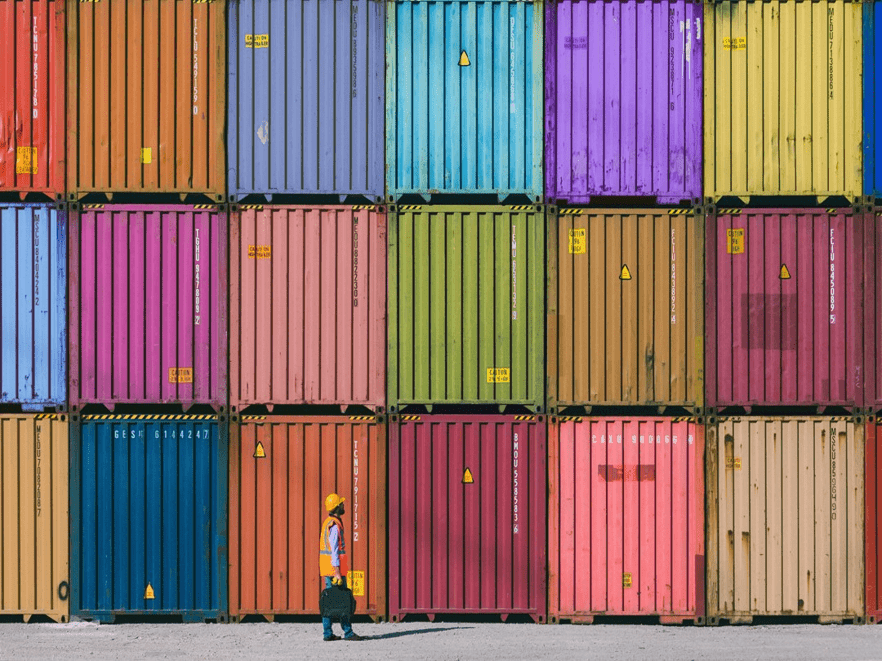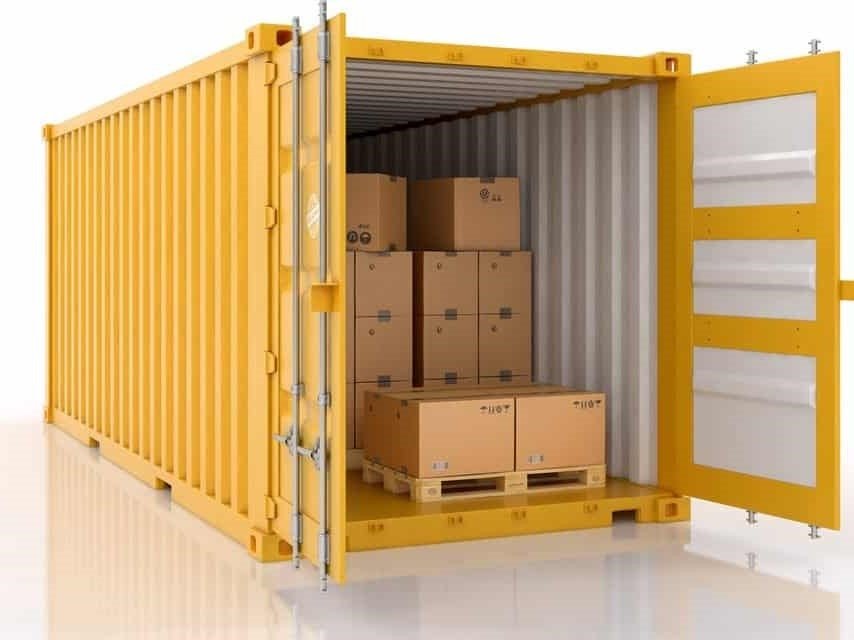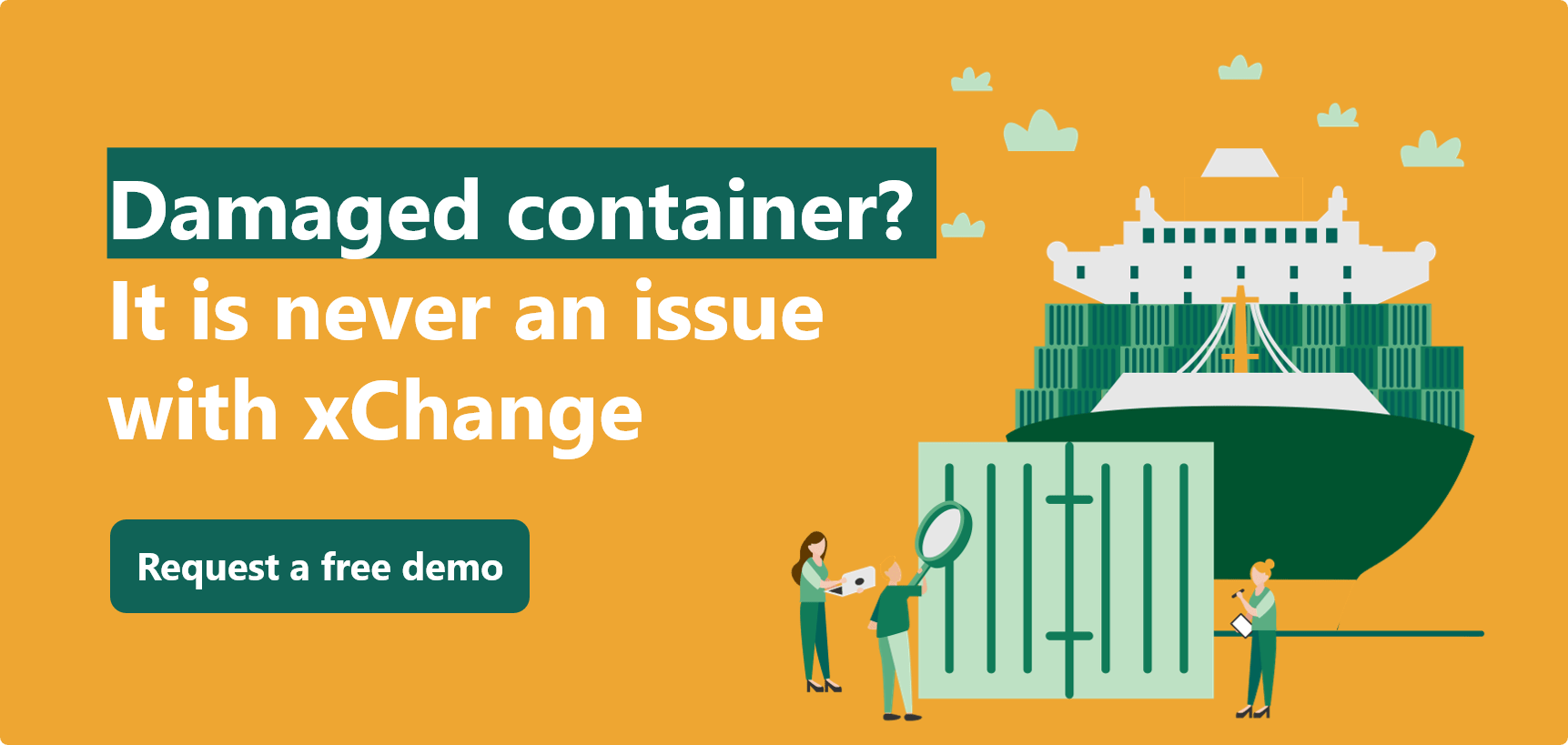A significant part of all cargo damages that occur during shipping are avoidable by correct lashing and container stuffing. In this article, you will get the needed insights to ship your load damage-free and avoid unnecessary losses of money, time, and efficiency.
Last year, the global container throughput reached approximately 802 million twenty-foot equivalent units (TEUs), from which roughly 90% was transported by sea with over 70% as containerized cargo. Such massive freight movement is powered by complex operations kept running by a logistics workforce, often fatigued with punishing work schedules.
This precondition inevitably ends up as forced human errors, resulting in freight damage as an unfortunate byproduct of the industry’s rush to meet capacity demand. Of the millions of dollars worth of losses to freight damage every year, 65% of the damage is caused by wrong lashing and stuffing of the containers due to a lack of time and workforce training. Which also leads to container damage.
The many ways to damage freight
Be it commercial or private shipment, the consequences of damaged freight can be dramatic. OS+D (overage, shortage, and damaged) claims, delays, and unexpected fees can significantly increase overall shipping costs. This makes it crucial for shipping stakeholders to implement strategies that help reduce damages as much as possible.
Even if some aspects of the shipping process are out of control of the shipper or other parties along the supply chain, a remarkable part of the cargo damage could be avoided by the right planning, stuffing, and de-stuffing of the containers used for shipping freight.
An improper or lacking technique could lead to:
- Physical damage
- Wet damage
- Contamination damage
- Reefer related damage
- Infestation damage
Read more about container damage in our separate blogs.

Photo from: More Than Shipping
The pre-container stuffing process
Container stuffing is the process of loading goods into the container before shipping. Before initiating the actual stuffing process, it is crucial to make sure the freight undergoes the necessary pre-stuffing procedure.
The following steps are fundamental for a successful container stuffing:
The right container: It is essential to consider freight type and form while selecting a container and the shipping criteria and not exceeding the weight and size limits. The shipper has to take into consideration the type of freight he wants to ship. E.g., frozen, dangerous, or bulky cargo require different kinds of containers.
Maintenance of the container: The same container can cover thousands of kilometres on different means of transportation. It is important to regularly ensure that the container is maintained in good condition to avoid water contamination damages via holes and damaged doors.
The vessel’s route: An often overlooked problem is climatic disruptions during the vessel’s course. In tropical climates, the temperature in a container could increase up to 50C and cause wet damage like condensation or rusting due to the lack of ventilation and temperature control.
The right packaging: Before the freight is shipped, it is crucial to protect it in the first place. If the cargo is not packed following its properties, it is more likely to get damaged regardless of the chosen shipping or stuffing method.
The right container stuffing is key
Once the right container is chosen, and the pre-packing processes are checked off, it is time to focus on container stuffing.
- Symbols on packages: Make sure to read and respect signs and instructions on boxes such as: “This side up.”
- Heavy cargo: Heavy cargo that is wrongly loaded can be one of the most common causes of freight damage. One of the cardinal rules of stuffing is distributing cargo over the floor area, avoiding concentrating heavy loads on a fraction of the surface.
It is also crucial to not locate heavier items on the extremes’ sides, as they could damage the container on impact or during movement. The heavy cargo position should be below lighter cargo to ensure the container’s centre of gravity is low.
- Layers: It is recommendable to stow the freight regularly in as many layers as possible.
- Void spaces: Space between cargo should be filled with dunnage – the stuffing material that cushions goods and avoids damage. Dunnage material includes timber beams, empty pallets, basic foam, and inflatable bags.
- Dangerous cargo: The shipping of dangerous goods has special requirements and therefore, it is crucial to follow instructions to avoid damage and ensure the security of the involved stakeholders.

Avoid damage to the packages
When dangerous goods are loaded, it is important to mark the packages and indicate the IMDG code clearly. Furthermore, dangerous goods should be stowed next to the container door and not be mixed with sensitive goods. It is crucial for safety reasons to avoid any damage to the packages where the goods are stored.
- Wet/damp + liquid cargo: Avoiding wet or damp load helps, and in cases where that is not possible, it would be beneficial to segregate such cargo from the dry ones. Liquid cargo should be under solid load.
- Container surface: It is recommendable for more security and stability to use non-slip surface material to avoid the sliding cargo.
- Security: It is important to use the right blocking and lashing methods to secure the load. If needed, every single load should be tethered and secured. It is vital not to overstress security devices or the prescribed container capacity.
- Labelling: To avoid unnecessary damages, it is essential to label the freight correctly to prevent mistakes in the stuffing process.
Depending on the type of cargo, there are different ways to load the container.
- Homogeneous cargo: If all freight is of the same size, then the container’s total volume can be utilized.
- Cartons and packages: It’s recommended to bond the cargo in blocks to give them greater stability.
- Bagged Cargo: Bags should be stowed in interlocking layers because they tend to fall in the edges of the container, causing pressure on the walls.
- Drums and barrels: They should be stowed upright if possible or at least with the bung uppermost. It is important to cover them with soft dunnage.
- Rolls: It is more stable to stow closely together and upright. The spaces in between should be filled with dunnage.
- Palletization: It is recommendable to use one of the two common sizes for pallets, such as the standard type (1000mm x 1200mm) or the euro pallet (800mm x 1200mm). Depending on the load, the spaces in between could be filled with dunnage to increase security.
Take all these necessary measures and transport your cargo safely. And for all the other unforeseen event, don’t forget to grab container insurance. With Container xChange premium container insurance you will be insured against total loss, constructive total loss, general average and mysterious disappearances. Click on the banner below to learn more about it.


